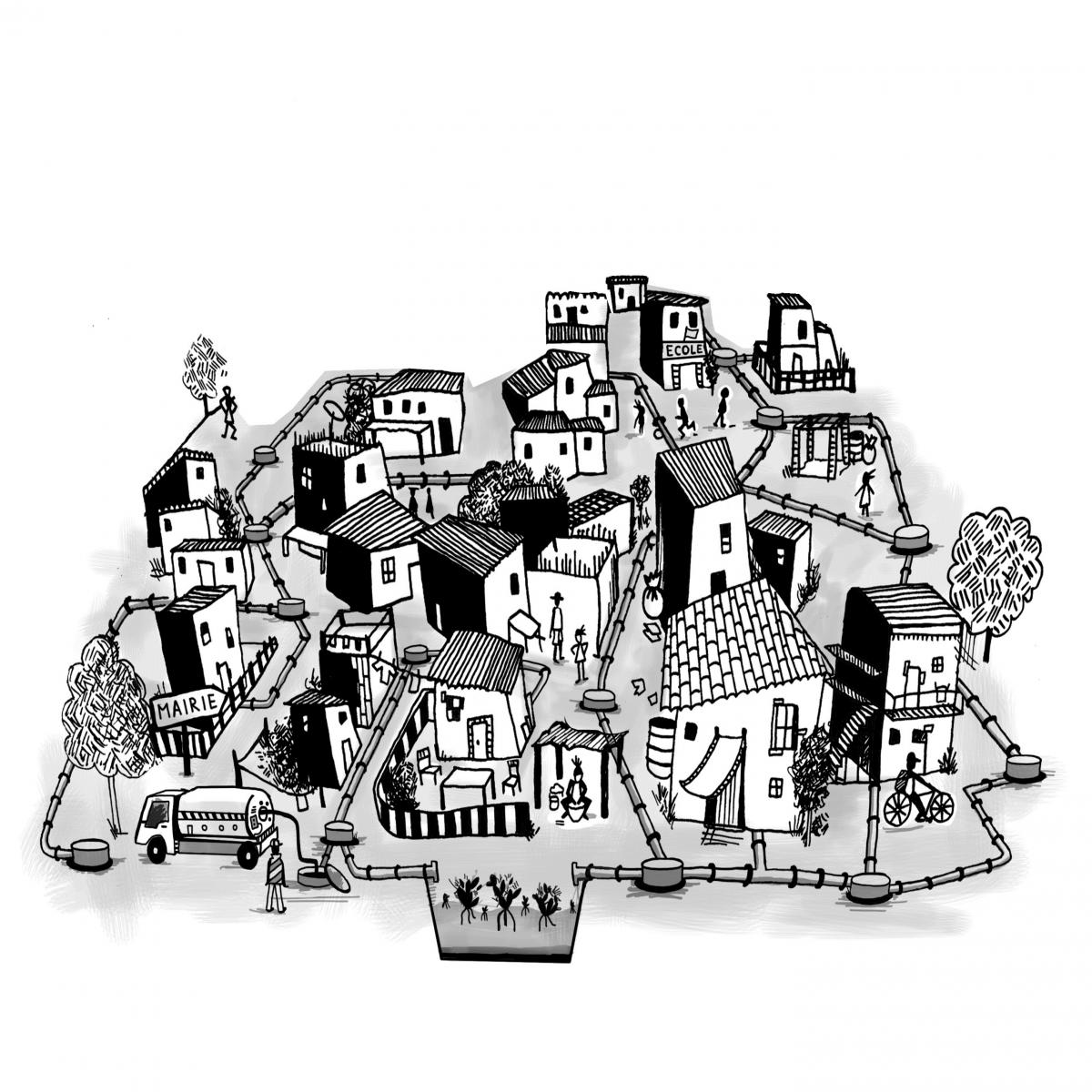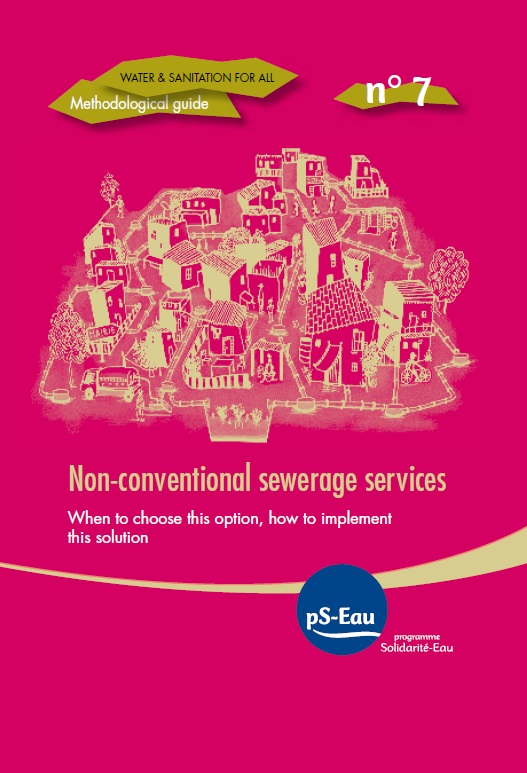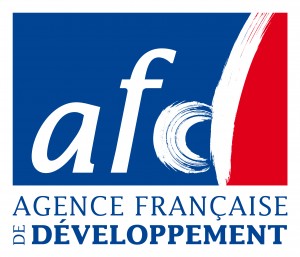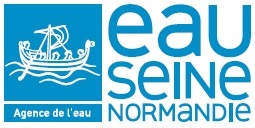Non-conventional sewerage services
A study financed by the Syndicat Interdépartemental pour l’Assainissement de l’Agglomération Parisienne (SIAAP), the Agence de l’eau Seine Normandie and the French Agency for Development (AFD)

Consequently, non-conventional sewerage is an option that is only suitable for specific types of urban area. Before embarking on a non-conventional sewerage project, it is important to be fully aware of the complexities of managing a non-conventional sewerage service and ensure that all the necessary conditions for launching such a service are in place.
The present study aimed to identify strengths and weaknesses of non-conventional sewerage and appraise its suitability. The study was based on a 5 case studies of non-conventional sewerage services around the world.
-
5 case studies
-
Case study Mali (Bamako, Mopti), EAA Mali for pS-Eau, 2013
 (available only in French)
(available only in French) -
Case study Senegal (Dakar, Saint-Louis, Cayar), JM Ily, pS-Eau, 2013


-
Case study Brazil (Recife, Salvador, Brasilia), J.M. Ily, A. Miranda Neto for pS-Eau, 2013

-
Case study India (Ramagundam), A. Nema for pS-Eau, 2013

-
Case study Ghana (Kumasi), L. Y. Salifu for pS-Eau, 2013

-
Case study Mali (Bamako, Mopti), EAA Mali for pS-Eau, 2013
-
 pS-Eau guide n°7. Non-conventional sewerage services. When to choose this option, how to implement this solution., J.M. Ily, C. Le Jallé, J. Gabert, D. Désille, pS-Eau, 2014
pS-Eau guide n°7. Non-conventional sewerage services. When to choose this option, how to implement this solution., J.M. Ily, C. Le Jallé, J. Gabert, D. Désille, pS-Eau, 2014 

The aim of this guide is to support contracting authorities, local decision-makers and their partners to develop their sanitation service by providing them with decision-making tools and practical methodological approaches. This guide will help these stakeholders determine whether non-conventional sewerage really is the most appropriate option for the area concerned. If this option is selected, it will also help them coordinate their project effectively and provide them with a clear understanding of the management methods that can be used and of the skills and know-how required.







































